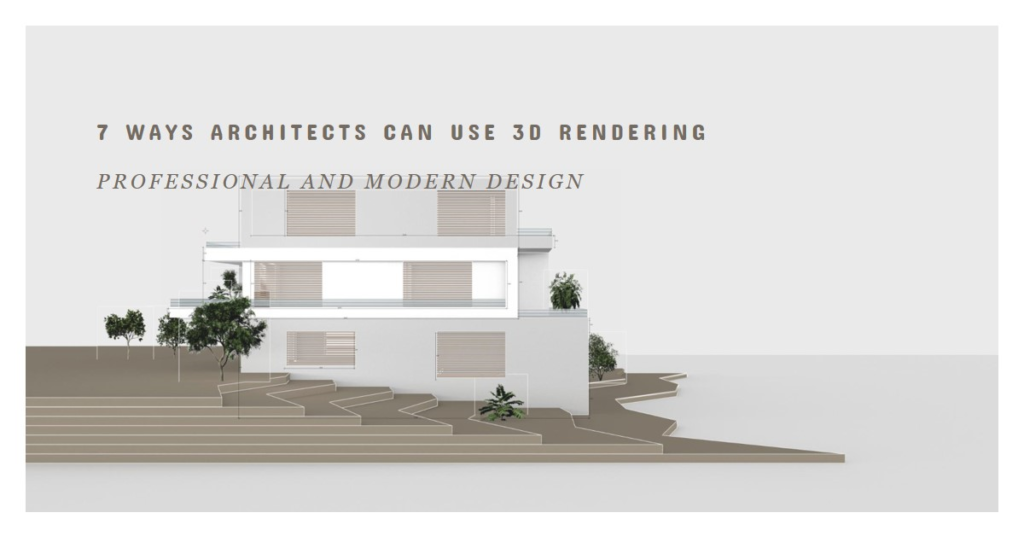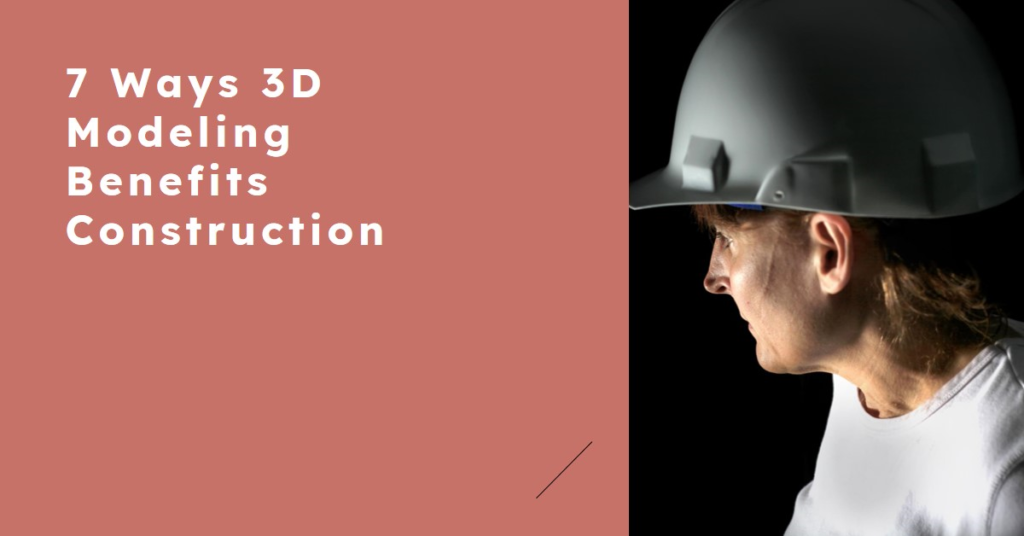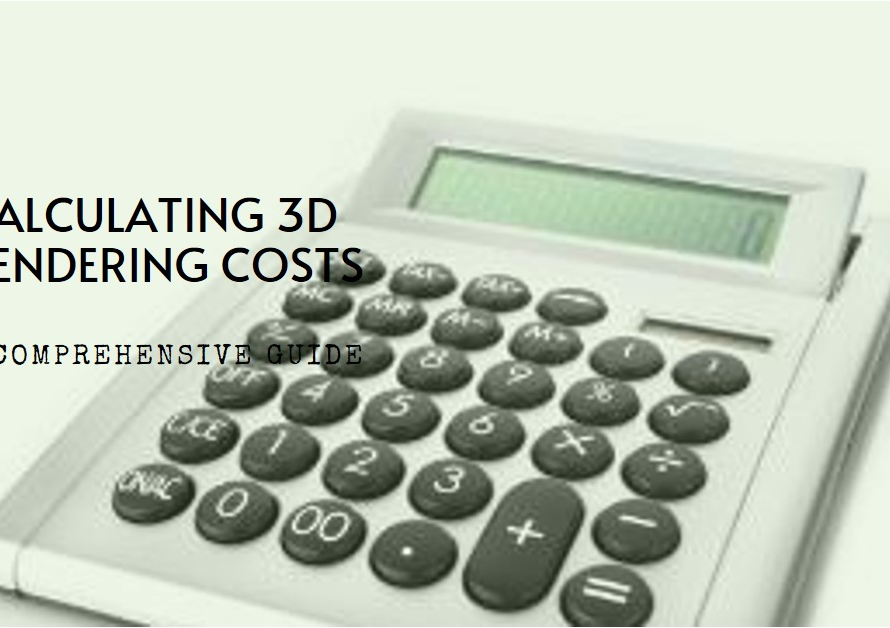
Table of Contents
Introduction to Sustainable Design:
In the wake of climate change and environmental degradation, the imperative for sustainable design practices has never been more pressing. As we stand at the crossroads of ecological crisis, architects, engineers, and designers play a pivotal role in shaping a greener future. Sustainable design transcends mere aesthetics; it embodies a holistic approach that integrates environmental responsibility, social equity, and economic viability. In this blog post, we delve into the realms of sustainable design practices, exploring innovative strategies and solutions to build a more sustainable world.
Understanding Sustainable Design:
At its core, sustainable design seeks to minimize environmental impact while maximizing resource efficiency throughout a building’s lifecycle. This entails a shift from conventional design paradigms to ones that prioritize renewable materials, energy efficiency, and waste reduction. By embracing sustainable principles, designers can mitigate carbon emissions, conserve natural resources, and promote biodiversity. Moreover, sustainable design fosters healthier indoor environments, enhancing occupants’ well-being and productivity.


Incorporating Biophilic Design:
Biophilic design, inspired by nature, harnesses the innate connection between humans and the natural world to create harmonious spaces. Integrating elements such as green roofs, living walls, and daylighting not only enhances aesthetic appeal but also fosters biophilic experiences that promote mental health and creativity. By blurring the boundaries between indoor and outdoor environments, biophilic design fosters a sense of tranquility and rejuvenation, thereby enriching the human experience within built environments.
Harnessing Renewable Energy:
Transitioning towards renewable energy sources is a cornerstone of sustainable design. Solar panels, wind turbines, and geothermal systems offer renewable alternatives to fossil fuels, reducing greenhouse gas emissions and dependency on finite resources. By harnessing the power of the sun, wind, and earth, buildings can achieve energy independence while contributing to the global transition towards a low-carbon future. Integrating renewable energy systems not only reduces operational costs but also future-proofs buildings against fluctuating energy prices and supply disruptions.
Optimizing Passive Design Strategies:
Passive design strategies leverage natural elements such as sunlight, wind, and thermal mass to regulate indoor temperatures and enhance comfort levels without relying on mechanical systems. Techniques such as passive solar design, natural ventilation, and thermal insulation optimize energy efficiency while minimizing reliance on artificial heating and cooling. By harnessing passive design principles, architects can create buildings that remain comfortable and energy-efficient year-round, reducing energy consumption and operational costs.
Promoting Circular Economy Principles:
Embracing the principles of a circular economy is paramount to sustainable design practices. By prioritizing durability, reparability, and material reuse, designers can minimize waste generation and extend the lifespan of building components. Implementing strategies such as modular construction, adaptive reuse, and cradle-to-cradle design fosters resource efficiency and reduces the environmental footprint of construction projects. Furthermore, embracing circular economy principles catalyzes innovation and fosters collaboration across industries, driving towards a regenerative and waste-free future.
Embracing Adaptive Reuse:
Adaptive reuse breathes new life into existing structures, revitalizing urban landscapes while minimizing the environmental impact of new construction. By repurposing old buildings for new functions, designers conserve embodied energy and preserve historical and cultural heritage. Adaptive reuse not only reduces demolition waste but also mitigates the carbon emissions associated with new construction. Moreover, it fosters a sense of continuity and authenticity within communities, enriching the fabric of urban environments while promoting sustainable development.
Fostering Community Engagement:
Sustainable design extends beyond the realm of architecture and engineering; it encompasses social equity and community empowerment. Engaging stakeholders throughout the design process fosters a sense of ownership and collective responsibility, ensuring that projects meet the diverse needs of communities. By prioritizing inclusivity and accessibility, designers can create spaces that are welcoming, inclusive, and responsive to the needs of all individuals. Empowering communities through participatory design processes not only enhances project outcomes but also fosters social cohesion and resilience.
Investing in Green Infrastructure:
Green infrastructure encompasses a range of natural and engineered systems that provide ecosystem services, such as stormwater management, air purification, and habitat restoration. Integrating green roofs, permeable pavements, and rain gardens into urban landscapes not only mitigates the urban heat island effect but also enhances biodiversity and resilience to climate change. Investing in green infrastructure not only improves environmental quality but also yields economic benefits, such as reduced maintenance costs and increased property values. Moreover, green spaces enhance quality of life, promoting physical activity, mental well-being, and social interaction within communities.
Conclusion:
As we confront the challenges of a rapidly changing climate and finite resources, sustainable design practices offer a beacon of hope for a brighter future. By embracing innovation, collaboration, and stewardship, designers can pave the way towards a more sustainable and resilient built environment. From harnessing renewable energy to fostering community engagement, each step towards sustainability brings us closer to realizing a world where people and planet thrive in harmony. Let us embark on this journey together, crafting a tomorrow where sustainability is not just a design principle but a way of life.


